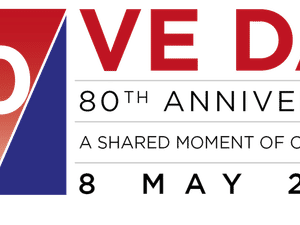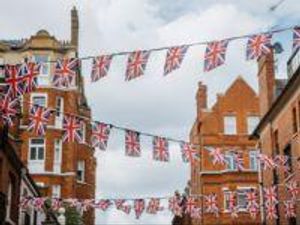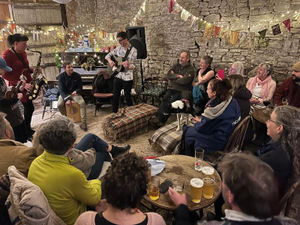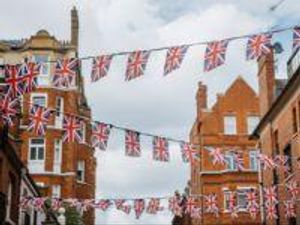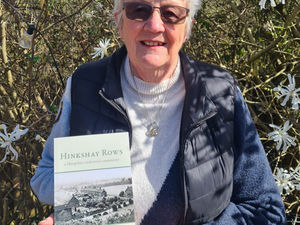Life and times of people who lived in Ludlow street during early 20th century recalled
Memories of those who lived on an 18th century Ludlow street have been memorialised in a new book.
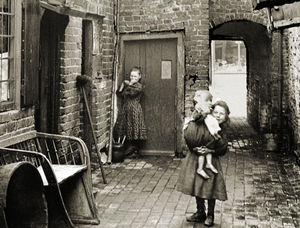
The recollections give a first-hand insight into what life was like in the 1900s, living in one of the town's most well-known areas – Corve Street.
The People and History of Lower Corve Street and St Mary's Lane Ludlow is now available to purchase.
While much has already been written about the town, Ludlow's industrial quarter has not been so well-documented – until now.
Lower Corve Street in Ludlow dates back to the 18th century, where rich glovers erected low-status back buildings for their impoverished workers in what became a noxious tanning zone.
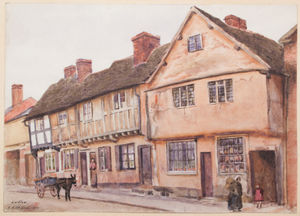
They then moved up the hill into town to build or renovate grand houses reflecting their new social status – speculators either amassed fortunes or went bankrupt.
Maltsters and brewers plied their trade, land was exchanged and murder was committed; animals were auctioned, carriers and hauliers flourished – and Corve Street established its own ‘red light district’.
In this new book, written by Jonathan and Rosemary Wood, the couple have included recollections from people who lived on the street, as well as charting the history of the area.
Former residents include Harriet Griffiths, who lived at No. 62 Corve Street in the 1940s.
She used to take in washing for residents and noted that if there was a death on the road, she would also ‘lay out’ the bodies.
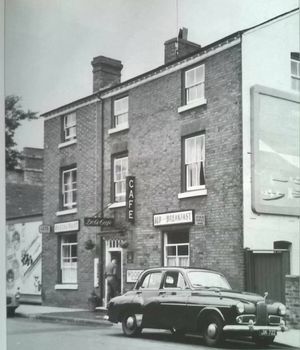
Jane Deakin – originally Traylor – was brought up in No. 67a Corve Street, next to The Unicorn.
She says: "The cellar stairs were very steep. Sometimes mum would let us buy crisps or a bottle of Vimto from a hatch in The Unicorn - there were flagstones with sawdust on the floor."
Mary Janet Griffiths – now Mary Stubbs – moved to No. 86-87 Corve Street in 1936, when she was three.
She recollects: "I remember sometimes mother would run over to The Unicorn and get a jug of beer to go with the Sunday lunch, or would send me to get a jug of milk from Pipe’s farm in St. Mary’s Lane.
"The cows came up and down the lane twice a day. The garage at the bottom of Corve Street would charge the battery from your radio – you removed it, left it, then collected it."
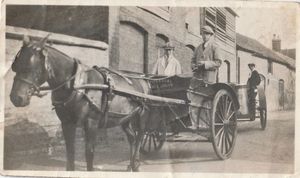
The book also mentions Dot's 24-hour Transport Café in Corve Street – lorries would park all the way up to St Leonard's and back to the auction yard in the old cattle market so drivers could eat or stay overnight at Dot’s Café.
At 10am each day, Keith Arrowsmith, who lived at No. 105 Corve Street, used to order bacon, egg and sausage sandwiches for the Lloyds of Ludlow lorry drivers’ tea break.

Tony Everall recalls "meeting Joe Erskine, the Welsh Heavyweight Boxing Champ in Dot’s on his way home from a title fight" in the book.
Sisters Jean Parker, Margaret and Diane Edwards are the great-grand-daughters of Elizabeth Charmer – "a woman of questionable character", who was born in No. 46 Corve Street.
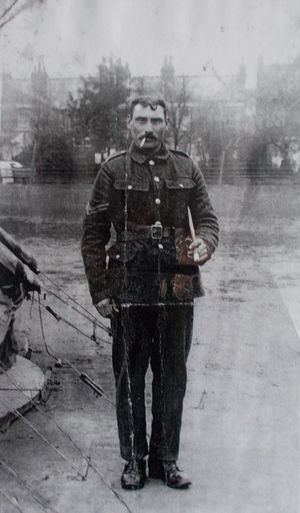
Their research shows that, like her parents, Elizabeth was involved in several affrays, including in 1870 when she stole from William Brunt, who had come to the fair in Ludlow.
Her son, James, was born in Nag’s Head Yard in 1891 – known to be a notorious haunt for prostitutes – and was brought up in Drew’s Yard, off Corve Street.
James Charmer became a coal miner and his brother, Charles Henry, was a journeyman bread baker – they both fought in the First World War.
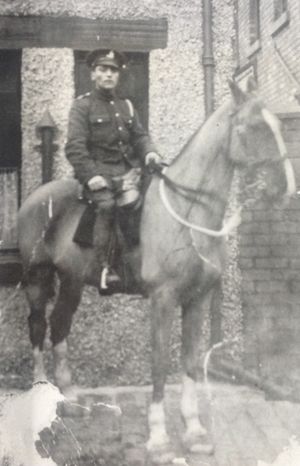
The 272-page lavishly illustrated hardback book will be out in time for Christmas – and would make the perfect gift for local history fans or researchers who would like to snap up a copy.
It comes as a 16-year labour of love by Shropshire couple Jonathan and Rosemary Wood, who moved into The Merchant House with their son William in 2006.
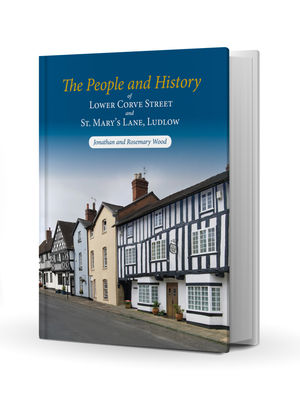
Jonathan, who was a former chairman of Ludlow Historical Research Group and a town guide, wanted to research the history of Corve Street and adjoining St Mary's Lane.
After suffering a stroke in 2019, Jonathan's wife Rosemary undertook the outstanding work and 16 years later their work has been completed.
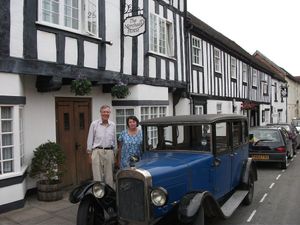
The People and History of Lower Corve Street and St Mary's Lane Ludlow costs £20. It is a self-publication and the authors say there will only be one print run.
Copies can be ordered now and picked up later from The Merchant House, Lower Corve Street, SY8 1DU.
Copies will also be available from Castle Bookshop, 5 Castle Street, Ludlow, SY8 1AS from early December.
For more information contact Rosemary Wood at rosemary.wood3@gmail.com.

